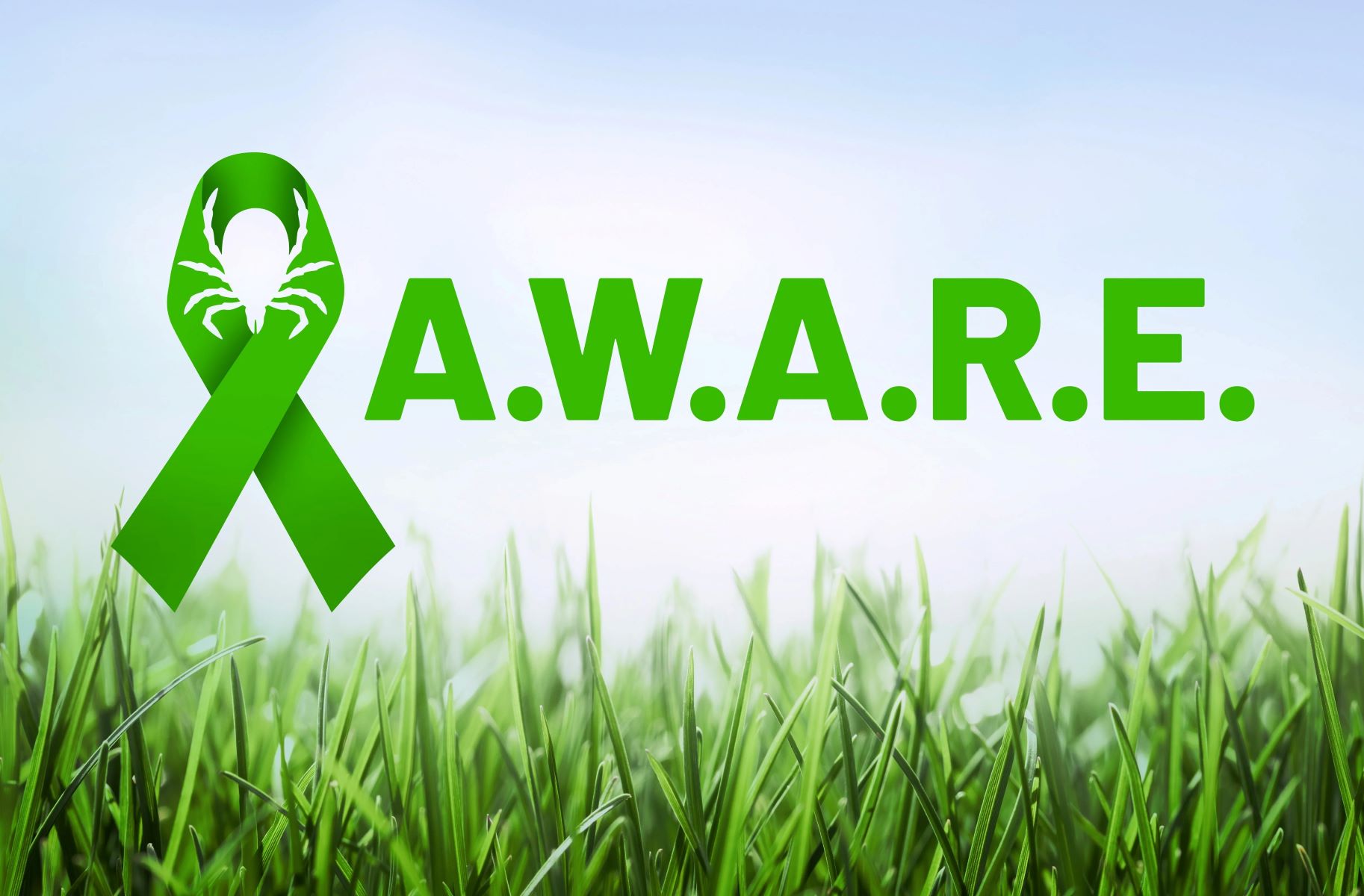
Ever wondered why May is swarming with green ribbons and Lyme disease awareness campaigns? Well, you're about to find out! May isn't just about welcoming spring; it's also National Lyme Disease Awareness Month. This time of year is crucial for spreading knowledge about this tick-borne illness that affects thousands yearly. With ticks getting busy as flowers bloom, understanding Lyme disease becomes essential for outdoor enthusiasts and pet owners alike. From prevention tips to recognizing early symptoms, awareness is our best defense. So, why is May chosen for this cause, and what can you do to participate? Let's dive into the world of Lyme disease awareness and arm ourselves with information to stay safe during tick season.
Key Takeaways:
- National Lyme Disease Awareness Month in May aims to educate people about preventing tick bites and recognizing early symptoms to reduce the prevalence of Lyme disease.
- Preventing Lyme disease involves strategies such as wearing light-colored clothing, using insect repellent, checking for ticks, and treating pets for tick prevention.
What is Lyme Disease?
Lyme disease is an infectious disease caused by the Borrelia bacterium, which is spread by ticks. When an infected tick bites a person, it can transmit the bacteria into the human bloodstream. Symptoms often include fever, headache, fatigue, and a characteristic skin rash called erythema migrans. If left untreated, the infection can spread to the joints, heart, and nervous system, leading to more severe health issues.
The Origin of National Lyme Disease Awareness Month
National Lyme Disease Awareness Month takes place every May. It's a time dedicated to increasing public knowledge about the causes, symptoms, and treatment of Lyme disease. This initiative also emphasizes the importance of preventive measures to avoid tick bites, which are the primary cause of this condition.
- National Lyme Disease Awareness Month was established to help reduce the prevalence of Lyme disease by educating the public on how to prevent tick bites and recognize the early signs of the disease.
Why May for Lyme Disease Awareness?
- May is chosen for Lyme Disease Awareness Month because it coincides with the beginning of the tick season in many parts of the United States. During this time, people start spending more time outdoors, increasing the risk of tick encounters.
How to Prevent Lyme Disease
Preventing Lyme disease primarily involves avoiding tick bites. Here are some effective strategies:
- Wear light-colored clothing to easily spot ticks on you.
- Use insect repellent that contains DEET on exposed skin.
- Treat clothing and gear with products containing 0.5% permethrin.
- After being outdoors, check your body, children, and pets for ticks.
- Shower soon after being outdoors to wash off unattached ticks.
Recognizing the Symptoms of Lyme Disease
Early detection and treatment of Lyme disease can prevent serious complications. Here are the symptoms to watch for:
- One of the earliest signs is a circular rash that looks like a bull's-eye, appearing at the site of the tick bite.
- Fever, chills, headache, fatigue, muscle and joint aches, and swollen lymph nodes can accompany the rash.
Treatment Options for Lyme Disease
- Lyme disease is most commonly treated with antibiotics. Early-stage Lyme disease responds very well to oral antibiotics such as doxycycline, amoxicillin, or cefuroxime axetil.
- For more advanced cases, intravenous antibiotics may be necessary.
The Importance of Tick Control
Reducing exposure to ticks is crucial in preventing Lyme disease. Here are some ways to control tick populations:
- Keep grass short and underbrush thinned in your yard.
- Apply acaricides (tick pesticides) to reduce tick populations.
- Create tick-safe zones in your yard by using wood chips or gravel between lawns and wooded areas to restrict tick migration.
Lyme Disease in Pets
Pets can also be affected by Lyme disease, and they can bring ticks into your home.
- Regularly check your pets for ticks and use veterinarian-approved tick prevention products on them.
By spreading awareness and educating ourselves and others about Lyme disease, we can take significant steps toward preventing it and protecting our health. National Lyme Disease Awareness Month serves as a reminder of the importance of being vigilant about tick bites and the potential consequences they can have.
A Final Word on Lyme Disease Awareness
May, National Lyme Disease Awareness Month, serves as a crucial reminder of the ongoing battle against Lyme disease. This period emphasizes the importance of education, prevention, and support for those affected. Armed with knowledge, we can take proactive steps to protect ourselves and our loved ones from tick bites, the primary cause of this condition. Recognizing symptoms early and seeking prompt treatment can make a significant difference in outcomes. Let's use this time to spread the word, support research efforts, and show solidarity with individuals battling Lyme disease. Together, we can make strides in combating this challenging illness, ensuring a healthier future for all. Remember, awareness is our best defense. Let's keep the conversation going, not just in May but all year round.
Frequently Asked Questions
Was this page helpful?
Our commitment to delivering trustworthy and engaging content is at the heart of what we do. Each fact on our site is contributed by real users like you, bringing a wealth of diverse insights and information. To ensure the highest standards of accuracy and reliability, our dedicated editors meticulously review each submission. This process guarantees that the facts we share are not only fascinating but also credible. Trust in our commitment to quality and authenticity as you explore and learn with us.


